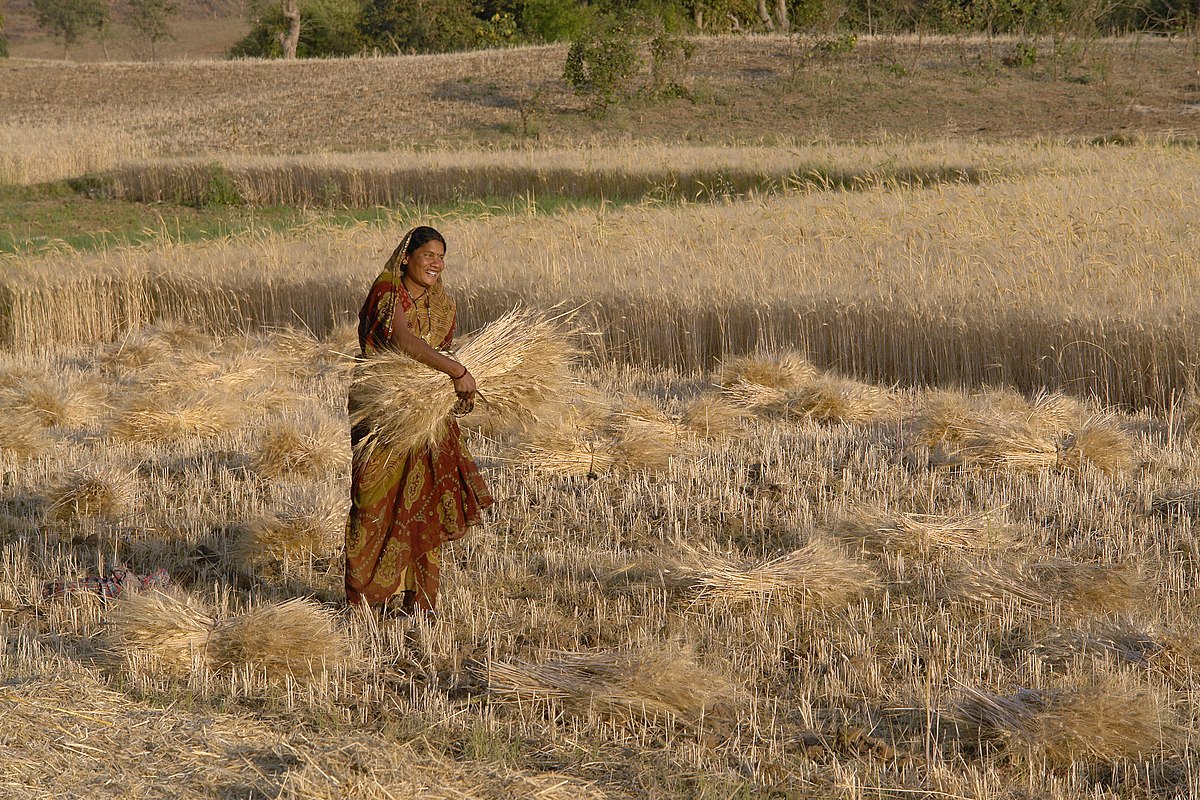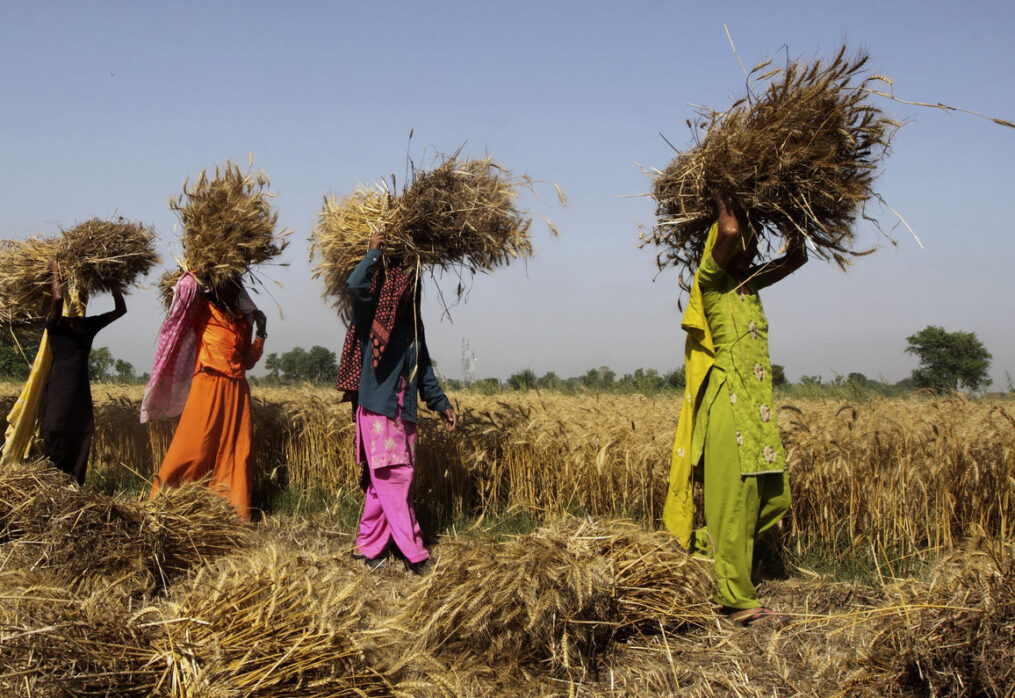Indian farmers increase wheat acreage
Wheat acreage in India reaches record highs
The food crisis that was observed in the world market in 2022 forced many exporters to reconsider their approaches to crop production. The geopolitical conflict in Europe led to the fact that two major wheat producers had to reduce shipments: one because of the sanctions imposed on it, the other because of the inability to ensure the safety of cargo transportation. As a result, world exporters had to increase their supplies. India was among them. Against the backdrop of rising grain prices, local farmers increased the area of wheat crops. Moreover, they relied on high-yielding varieties of crops, and thanks to good weather conditions their efforts were fully justified.
Wheat production in India has reached record levels, and experts hope that these results will contribute to the repeal of the law banning exports. In 2022, the country’s authorities decided to limit the sale of the crop on the world market in order to protect domestic consumers from the effects of rising inflation and food prices. In addition, high temperatures reduced the crop, which was also the reason for the ban. In 2022, the harvest was almost 107 million tons, compared to 109.6 million tons in the previous period. Moreover, the experts believe that the production volume decreased even more than the official authorities indicate. They drew such a conclusion based on the increase in grain prices, which reached a record level. According to forecasts, wheat production could reach 112 million tons in 2023, helped by favorable weather conditions and an increase in cultivated areas. It should be noted that India is the second largest consumer of wheat in the world, and this crop occupies one of the main places among the products in the diet of the population. So far, the weather is conducive to high yields. Temperatures have remained moderate in the major wheat-producing states, with no sudden rises. Farmers note that some of the cooler temperatures experienced in several regions are favorable to crop growth. However, producers are hoping for high-yielding varieties that are well-tolerant of climatic fluctuations
According to forecasts, wheat production could reach 112 million tons in 2023, helped by favorable weather conditions and an increase in cultivated areas. It should be noted that India is the second largest consumer of wheat in the world, and this crop occupies one of the main places among the products in the diet of the population. So far, the weather is conducive to high yields. Temperatures have remained moderate in the major wheat-producing states, with no sudden rises. Farmers note that some of the cooler temperatures experienced in several regions are favorable to crop growth. However, producers are hoping for high-yielding varieties that are well-tolerant of climatic fluctuations
A total of 33.2 million hectares were sown, almost 1% more than observed in the previous period. Local farmers harvest only one crop of wheat per year, the planting campaign begins in the autumn, and the crop is harvested in the spring.
Despite the good forecasts, it is not yet known whether India will increase its export volumes. So far, there is no indication that the authorities are considering lifting the ban on the sale of the crop. In addition, the situation with grain prices in the world market is still unstable.
